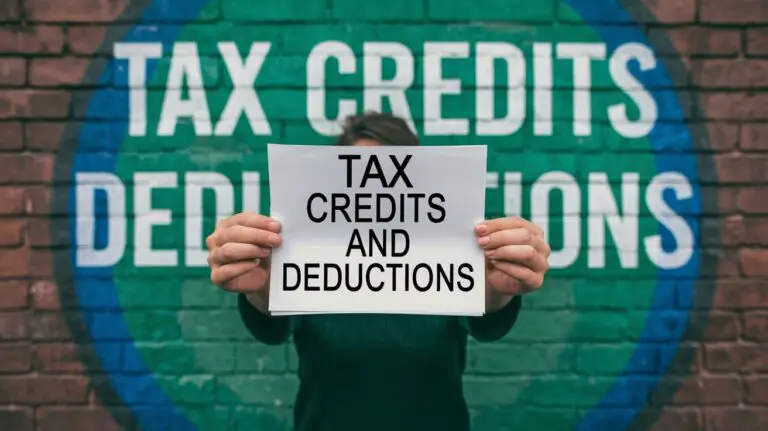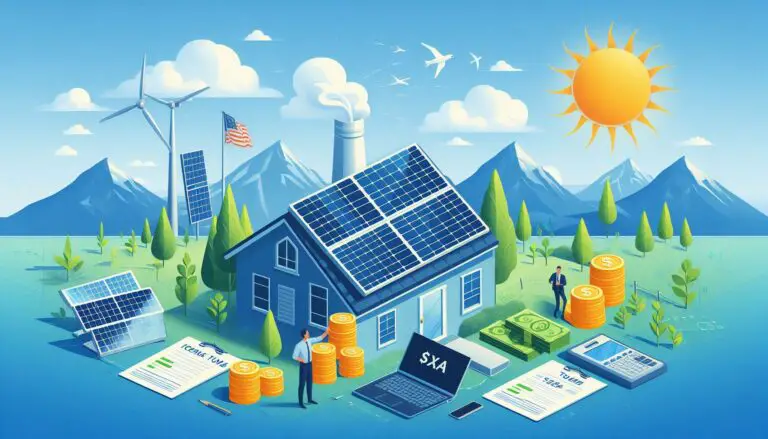Government-Backed Green Loans: A Comprehensive Guide
In recent years, the push for sustainable living has led to increased interest in green financing options. Government-backed green loans offer a practical way for homeowners to make eco-friendly improvements while benefiting from favorable terms. This article will delve into the different aspects of these loans, from their types and benefits to how you can apply for them.
What Are Government-Backed Green Loans?
Government-backed green loans are financing options that are supported or guaranteed by government agencies to encourage energy-efficient home improvements. These loans typically come with favorable terms, such as lower interest rates and extended repayment periods.
Loans for Solar Panels
Loans for solar panels are a specific type of government-backed green loan designed to make solar energy systems more affordable. Solar panel installations can significantly reduce your energy bills and contribute to a cleaner environment. By leveraging government support, you can often access loans with lower interest rates and longer repayment terms, making it easier to invest in solar technology.
For more detailed information on solar panel loans, check out the U.S. Department of Energy’s solar incentives.
Green Home Improvement Loans
Green home improvement loans cover a broader range of eco-friendly renovations, such as upgrading insulation, installing energy-efficient windows, or enhancing HVAC systems. These loans are intended to support homeowners in making various improvements that reduce energy consumption and lower utility costs. Government backing ensures that these loans are accessible and affordable, helping you to create a more sustainable home.
Learn more about green home improvement loans from the Environmental Protection Agency (EPA).
Types of Government-Backed Green Loans
Several types of government-backed green loans are available, each designed to meet different needs. Understanding these options can help you choose the best fit for your project.
Energy-Efficient Mortgage (EEM) Programs
Energy-Efficient Mortgage (EEM) programs are designed to help homeowners finance energy-efficient improvements as part of their mortgage. These loans allow you to borrow additional funds to cover the cost of energy upgrades without increasing your down payment. The added cost is included in your mortgage, making it more manageable to invest in energy-efficient home improvements.
For more information, visit the U.S. Department of Housing and Urban Development (HUD) on EEMs.
Federal Housing Administration (FHA) 203(k) Loans
The FHA 203(k) loan program provides funds for home repairs and improvements, including green upgrades. This loan is beneficial for both purchasing and renovating a home, offering a single loan solution for your home improvement needs. The FHA 203(k) loan can be used to finance solar panels, energy-efficient windows, and more.
Find more details on the FHA 203(k) program from the HUD website.
Home Energy Renovation Opportunity (HERO) Program
The HERO program offers financing for energy-efficient home improvements, including solar panel installations and other green upgrades. The HERO program provides long-term financing with competitive rates, making it easier to undertake significant home improvements. Repayment is made through property taxes, which can be convenient for many homeowners.
Check out the HERO program details for more information.
Benefits of Government-Backed Green Loans
Opting for government-backed green loans comes with numerous advantages that can make eco-friendly improvements more accessible and affordable.
Lower Interest Rates
One of the primary benefits of government-backed green loans is the lower interest rates compared to conventional loans. Government support helps to reduce the cost of borrowing, making it more affordable to finance energy-efficient upgrades.
Longer Repayment Terms
Government-backed green loans often feature extended repayment periods. This allows homeowners to spread the cost of improvements over a longer time, reducing the impact on monthly budgets. Longer terms can make it easier to manage loan payments while completing your green home improvements.
Potential Tax Benefits
Many government-backed green loans come with tax incentives or rebates. These benefits can further reduce the overall cost of your home improvements. By taking advantage of available tax credits, you can lower your out-of-pocket expenses for solar panel installations and other green upgrades.
For information on potential tax benefits, consult the Internal Revenue Service (IRS) for energy-efficient home improvement.
How to Apply for Government-Backed Green Loans
Applying for government-backed green loans involves several steps. Here’s a straightforward guide to help you through the process.
1. Assess Your Needs
Before applying for a loan, evaluate your home’s energy needs and determine which improvements will be most beneficial. This step will help you decide the type and amount of financing you require.
2. Research Loan Options
Investigate different government-backed green loan programs to find one that suits your needs. Compare interest rates, repayment terms, and eligibility requirements to select the best option.
3. Prepare Documentation
Gather necessary documentation, such as income verification, credit history, and details about the proposed home improvements. This information will be required for the loan application process.
4. Apply for the Loan
Submit your application to the chosen lender or government program. Ensure that you provide all required documentation and complete any necessary forms accurately.
5. Review and Accept Terms
Once approved, review the loan terms carefully before accepting. Make sure you understand the repayment schedule, interest rates, and any other conditions.
6. Complete Your Improvements
After securing the loan, proceed with your planned home improvements. Ensure that all work is completed according to the loan requirements to avoid any issues with disbursement.
Conclusion
Government-backed green loans provide a valuable opportunity for homeowners to invest in sustainable and energy-efficient home improvements. By understanding the types of loans available, their benefits, and the application process, you can make informed decisions and take advantage of favorable financing options. Whether you are looking to install solar panels or undertake other green upgrades, these loans can help you achieve your sustainability goals while managing costs effectively.
For more information, explore the Department of Energy’s renewable energy financing resources.







